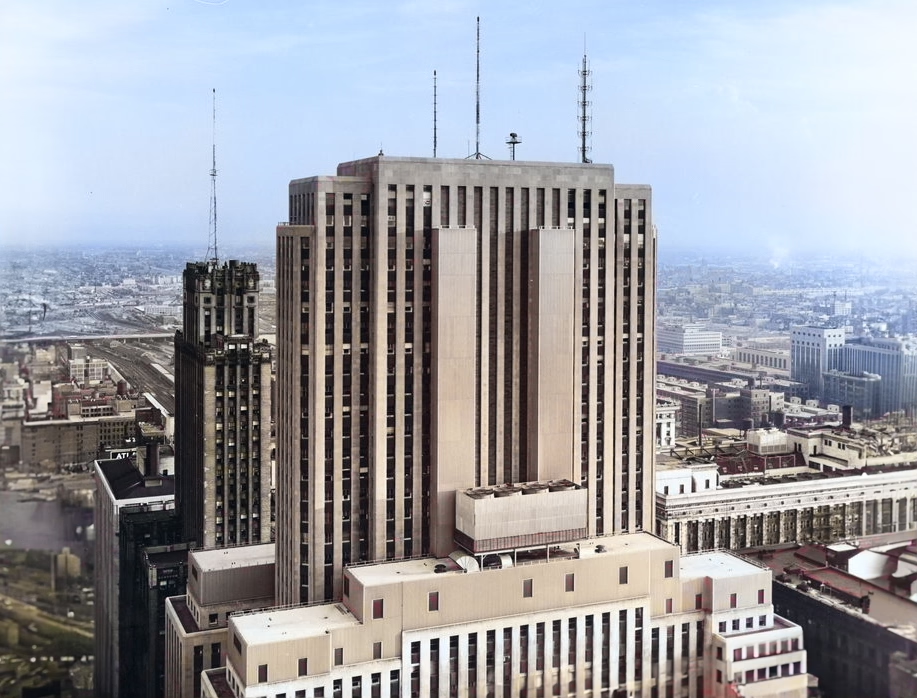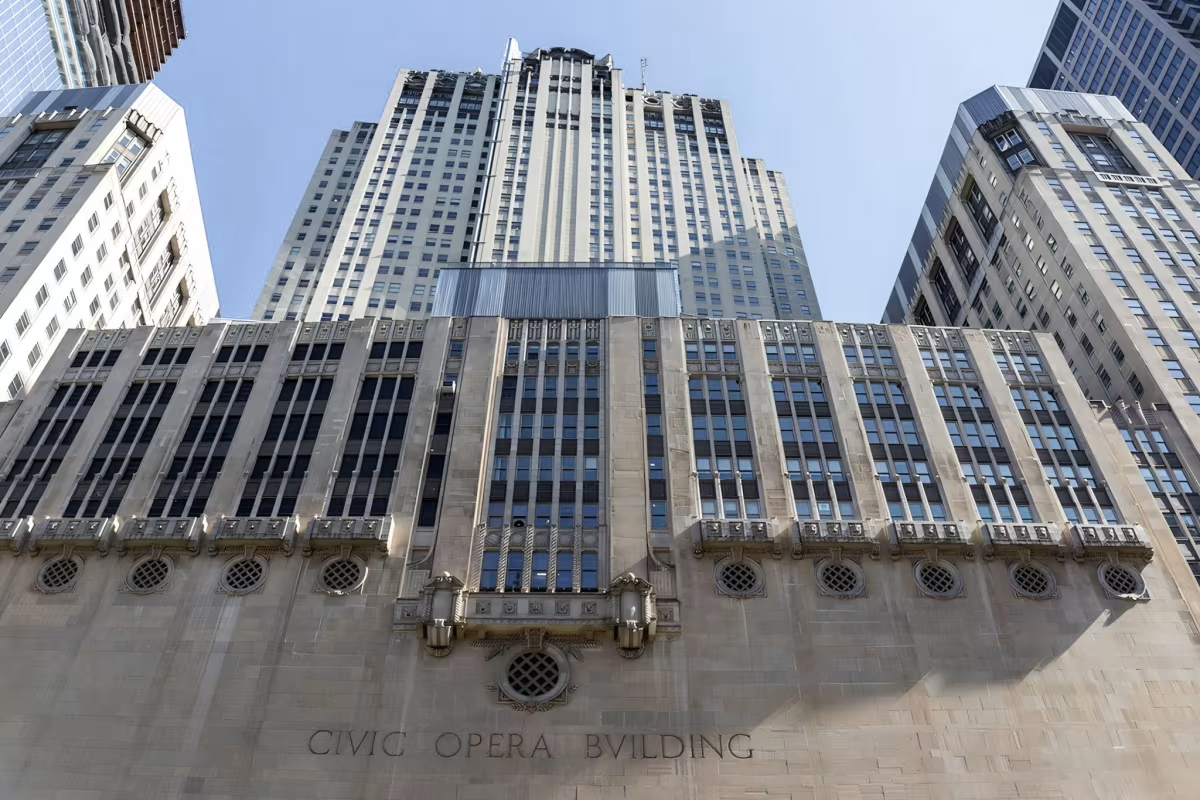Field Building vs Civic Opera House


Comparing the Field Building and the Civic Opera House is especially interesting because they share much in common. Both rise in Chicago, IL both were designed by Graham, Anderson, Probst & White, and they were completed within 5 years of each other.
This overlap gives us a unique opportunity to understand how Graham, Anderson, Probst & White approached different commissions in the same urban context and historical context during a short period.
Height & Size
Architectural Style
Both the Field Building and the Civic Opera House were designed in line with the aesthetic conventions of the Art Deco style.
At the time, this style was at the height of its popularity. So Graham, Anderson, Probst & White followed what was in many ways expected at the time, producing designs that fit comfortably within contemporary architectural norms rather, than breaking with convention.
Uses
Both the Field Building and the Civic Opera House are primarily commercial towers, serving similar roles in the urban fabric.
Originally, the Field Building was designed for Office. Bank. Radio Station, but over time it was converted to commercial. The Civic Opera House by contrast has maintained its original role.
Structure & Facade
These two towers illustrate the many possible ways to combine structure and enclosure in skyscraper design.
| Field Building | Civic Opera House | |
|---|---|---|
| Graham, Anderson, Probst & White | Architect | Graham, Anderson, Probst & White |
| 1931 | Construction Started | 1927 |
| 1934 | Year Completed | 1929 |
| Art Deco | Architectural Style | Art Deco |
| Commercial | Current Use | Commercial |
| 45 | Floors Above Ground | 45 |
| 163.1 m | Height (m) | 169 m |
| 110,000 m² | Usable Area (m²) | 915,000 m² |
| Frame | Structure Type | Frame |
| Steel | Vertical Structure Material | Steel |
| No | Facade Structural? | No |
| Marshall Field | Developer | Samuel Insull |
| IL | State | IL |
| Chicago | City | Chicago |
| 135 South LaSalle Street | Address | 20 North Wacker Drive |